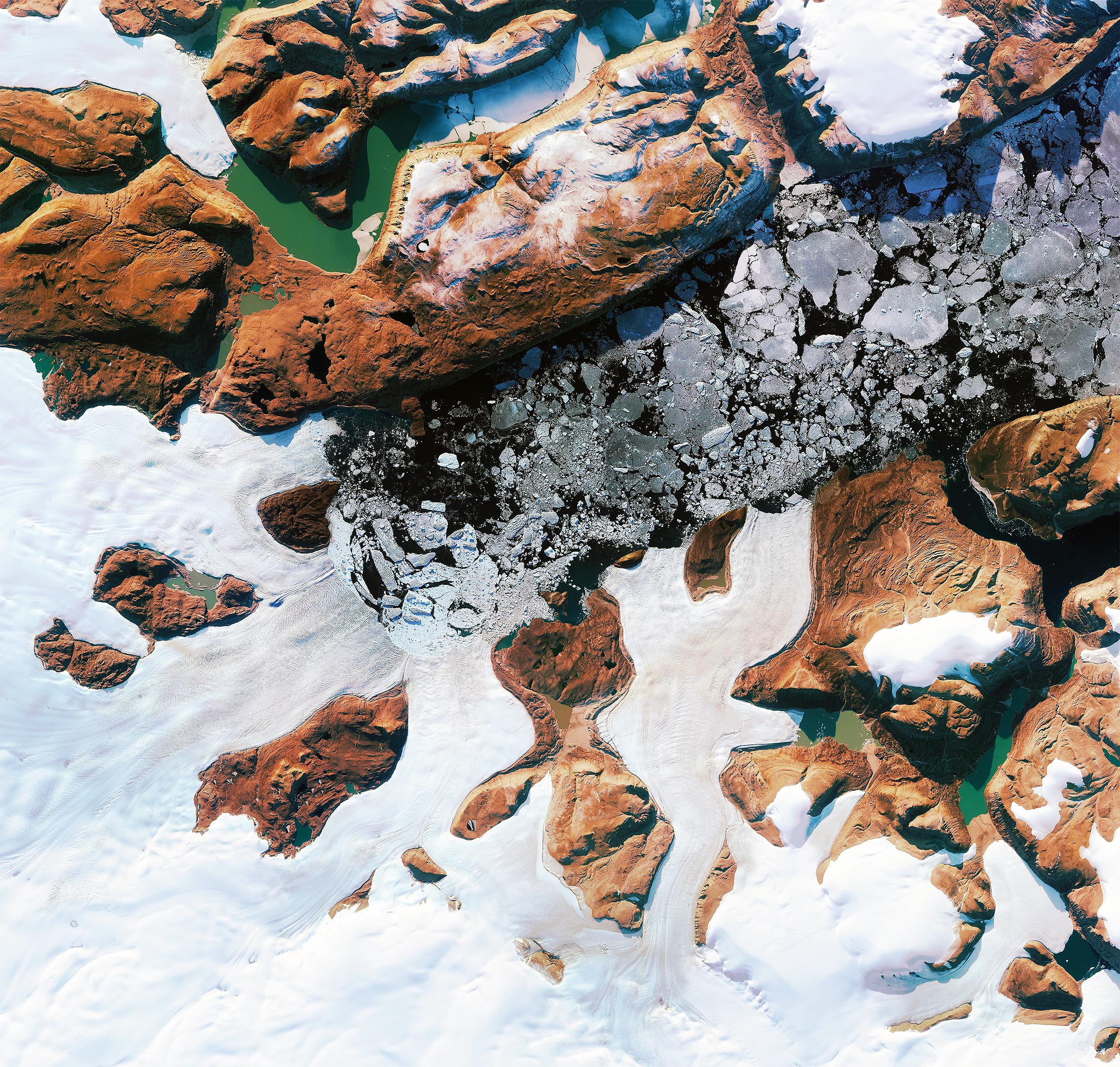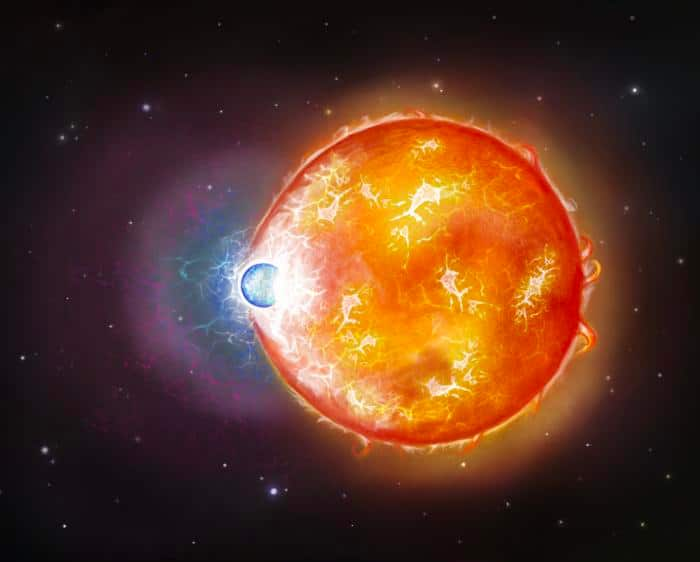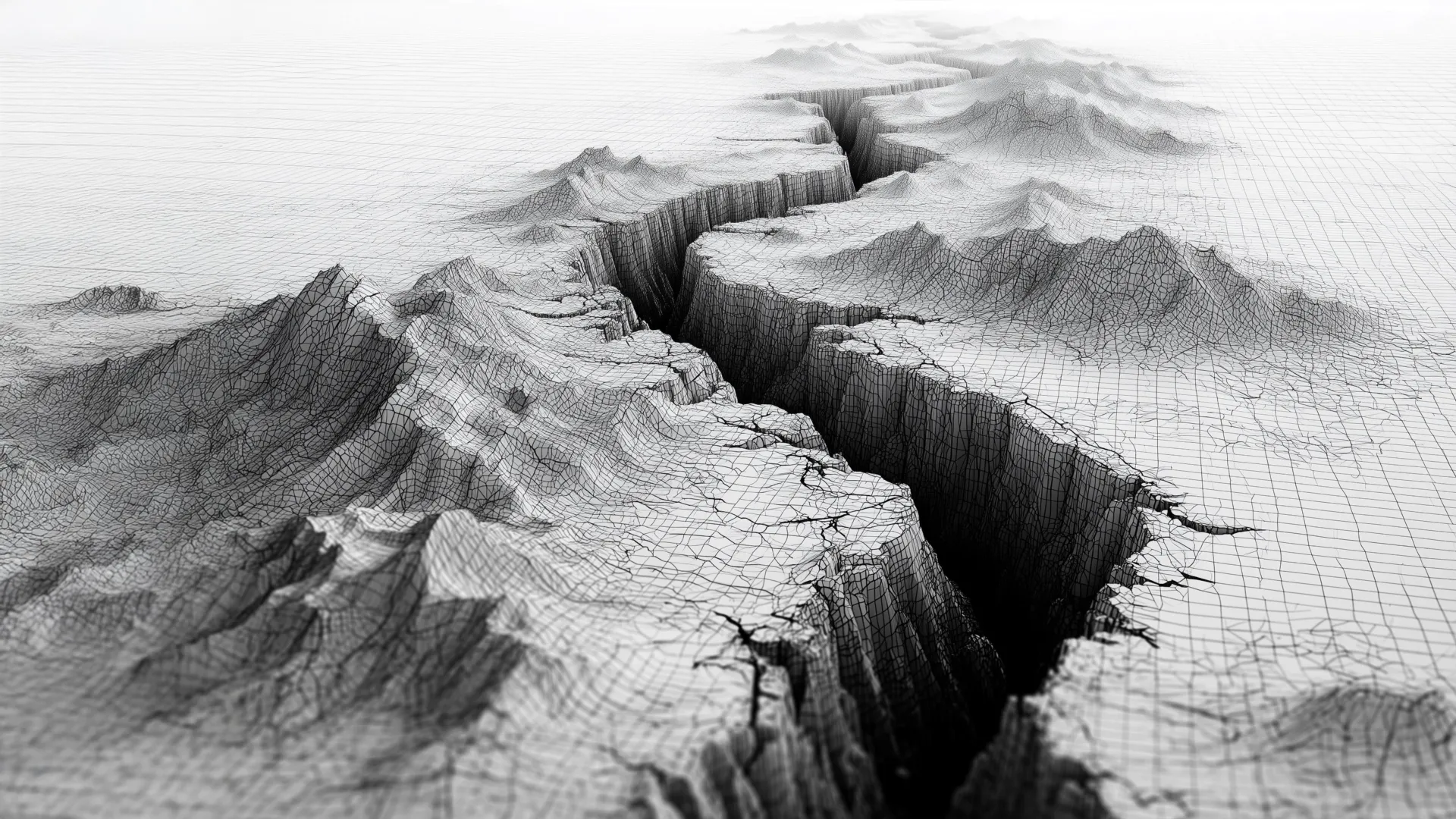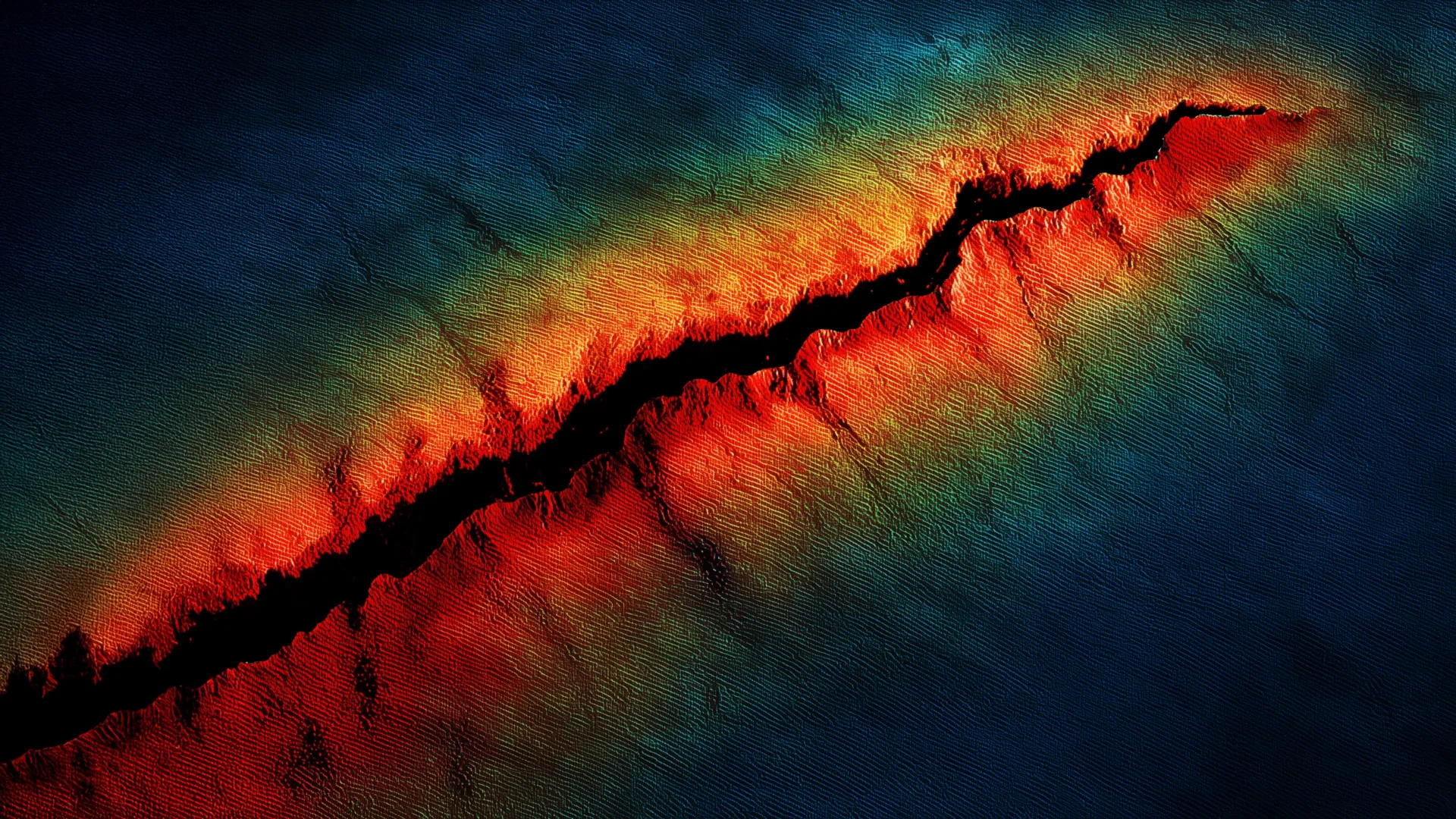Scientists Shocked by Greenland's Ice Sheet Explosive Lake Eruption!

Can you imagine a hidden lake beneath a glacier exploding with the force of nine hours of Niagara Falls? That's exactly what happened beneath Greenland's Harder Glacier, and the implications are staggering.
In just ten days, a massive lake released a jaw-dropping 23.8 billion gallons (or 90 million cubic meters) of water, creating a staggering 270-foot (85-meter) deep crater that stretched across 0.77 square miles (2 square kilometers) of ice. But this is just the tip of the iceberg—literally.
Understanding Ice Sheets – A Quick Dive
The Greenland ice sheet is a colossal player in our planet's climate system. It covers about 80% of Greenland and holds enough frozen water to raise global sea levels by a chilling 23 feet (7 meters) if it were to melt entirely. But what's alarming is the speed at which it's changing. With warm ocean currents gnawing at it from below and rising air temperatures accelerating melt from above, scientists are witnessing a rapid transformation that could reshape coastlines worldwide.
In recent decades, the rate of meltwater pouring off Greenland has more than doubled, significantly contributing to rising sea levels. This influx of freshwater is causing disruptions in ocean circulation patterns, particularly the Atlantic Meridional Overturning Circulation (AMOC), which plays a crucial role in regulating climate across the globe.
The Shocking Aftermath of the Lake's Burst
When scientists examined the aftermath of this explosive flood, what they found was astonishing. The once-smooth surface of the ice now resembled a war zone, with deep cracks and towering ice blocks—some reaching heights of 82 feet (25 meters)—uprooted and scattered across the landscape. The ice had been scoured clean, and the flood had carved a path through about 2.3 square miles, a size that dwarfs New York's Central Park.
Dr. Jade Bowling from Lancaster University was taken aback when she first reviewed the data. “When we first saw this, we thought there was an issue with our data,” she admitted. But as her team delved deeper into the analysis, it became clear they were observing the dramatic aftermath of an unprecedented flood.
A Whole New Perspective on Ice Dynamics
Typically, scientists believe that meltwater flows down from the surface, but this flood flipped that notion on its head. Water surged upwards, breaking through solid ice and causing unexpected fractures in the ice bed that models had predicted to be stable. The revelation that such powerful upward movement is possible opens new avenues for understanding these hidden lakes beneath the ice.
The researchers relied on satellite technology to monitor this event, utilizing high-resolution 3D maps from the ArcticDEM project, along with data from ESA’s CryoSat, Sentinel missions, and NASA’s ICESat-2. Without these advanced tools, the event might have gone unnoticed.
The Imperative for Better Climate Models
Climate models have struggled to keep pace with these surprising developments. They didn’t predict the ice beds fracturing or the water’s upward flow. As the planet continues to warm, the occurrence of similar explosive events could become more common, making it crucial to refine our models to account for these dynamics.
“Given the influence that subglacial hydrology has on ice sheet dynamics, we must enhance our understanding of these hidden processes,” warns Dr. Amber Leeson, co-author of the study. With the Greenland ice sheet undergoing rapid change, every piece of information is vital.
A Collaborative Global Effort
This discovery wasn't made in isolation; it was the result of a collaborative effort involving scientists from the UK, Europe, and the US, supported by organizations like the UK Natural Environment Research Council and ESA. According to Diego Fernandez of ESA, the findings highlight the importance of understanding Arctic hydrology in the context of a warming world.
As we gaze into the future, it’s clear that Greenland is not just melting; it’s breaking apart in ways we’re only beginning to understand. The explosive release of water from beneath the ice is a stark reminder of the unpredictability of our planet’s climate system. We need to pay attention to the warnings the ice is giving us.
This groundbreaking study was published in the journal Nature Geoscience.

























